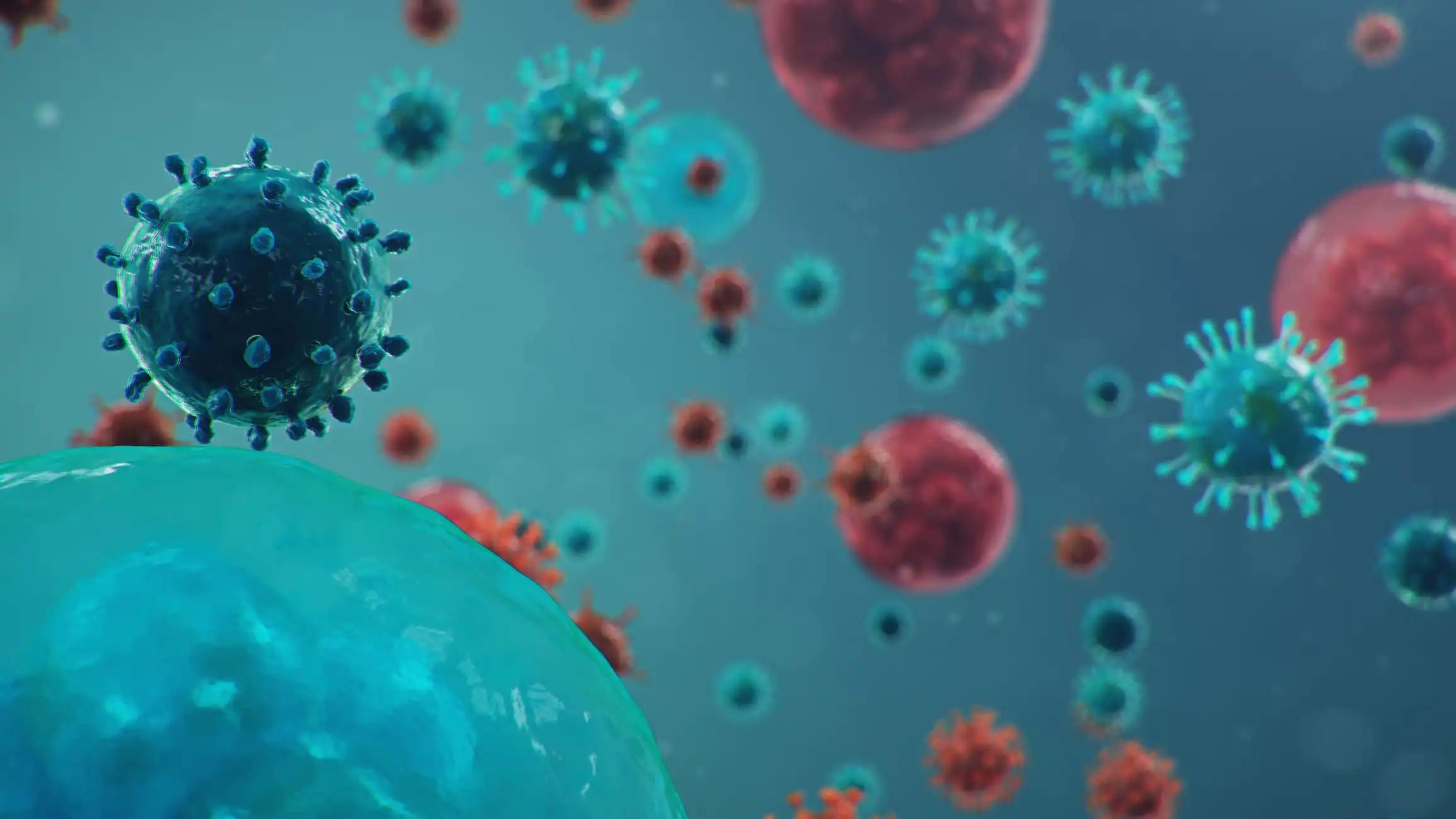KEY TAKEAWAYS
- The study aimed to investigate the impact of TP53 co-mutations on the TIME and clinical responses to ICIs in a subset of STK11mut NSCLC.
- Researchers noticed that STK11mut NSCLC subgroup with TP53 co-mutation can inform strategic patient selection for innovative ICIs-based combination therapies.
Non-small-cell lung cancer (NSCLC) with STK11mut exhibits suboptimal responses to immune checkpoint inhibitors (ICIs). Utilizing multiomics, Abdul Rafeh Naqash and his team aimed to investigate a distinct subset of STK11mut NSCLC characterized by an enriched inflamed tumor immune microenvironment (TIME) and concurrent TP53 comutations, offering insights into refining patient selection for effective ICI-based strategies.
Researchers performed an inclusive analysis of (N = 16,896) NSCLC tumors through next-generation sequencing (DNA-Seq/592 genes), with a subset of (n = 5,034) tumors undergoing gene expression profiling (RNA-Seq/whole transcriptome). Exome-level neoantigen load for STK11mut NSCLC was derived from a pan-immune analysis. Tumor immune cell content was determined using the microenvironment cell population (MCP) counter on transcriptome profiles. Progression-free survival (PFS) modeling utilized ICI data from POPLAR/OAK (n = 34) and Rizvi et al study (n = 49), while a separate ICI-treated cohort from Dana-Farber Cancer Institute (DFCI, n = 53) assessed time to treatment failure (TTF) and tumor RECIST response for STK11mutTP53mut versus STK11mutTP53wt NSCLC.
About 12.6% of NSCLC tumors exhibited STK11mut, with tumor mutational burden (TMB)-high (≥10 mut/Mb), PD-L1 ≥50%, and microsatellite instability-high proportions at 38.3%, 11.8%, and 0.72%, respectively. Unsupervised hierarchical clustering of STK11mut (n = 463) tumors identified a STING-high cluster, notably enriched in TP53mut NSCLC (P < .01). Compared to STK11mutTP53wt, STK11mutTP53mut tumors displayed higher CD8+T cells and natural killer cells (P < .01), elevated TMB (P < .001), and increased neoantigen load (P < .001). These tumors exhibited enhanced expression of MYC and HIF-1A (P < .01), along with higher expression of glycolysis/glutamine metabolism genes (P < .01). Meta-analysis of OAK/POPLAR and Rizvi et al’s data suggested a trend toward improved PFS in STK11mutTP53mut patients. In the DFCI cohort, compared to STK11mutTP53wt, STK11mutTP53mut tumors demonstrated higher objective response rates (42.9% v 16.7%; P = .04) and longer TTF (14.5 vs. 4.5 months, P adj = .054) with ICIs.
The study concluded that STK11mut NSCLC with TP53 co-mutation represents a distinctive subgroup characterized by an immunologically active TIME and metabolic reprogramming. These unique properties suggest the potential for strategic exploitation in guiding patient selection for innovative ICI-based combination approaches.
The study is sponsored by Novartis (Inst)
Source: https://pubmed.ncbi.nlm.nih.gov/38330261/
Naqash AR, Floudas CS, Aber E,et al. (2024). “Influence of TP53 Comutation on the Tumor Immune Microenvironment and Clinical Outcomes With Immune Checkpoint Inhibitors in STK11-Mutant Non-Small-Cell Lung Cancer.” JCO Precis Oncol. 2024 Feb;8:e2300371. doi: 10.1200/PO.23.00371. PMID: 38330261; PMCID: PMC10860998.



